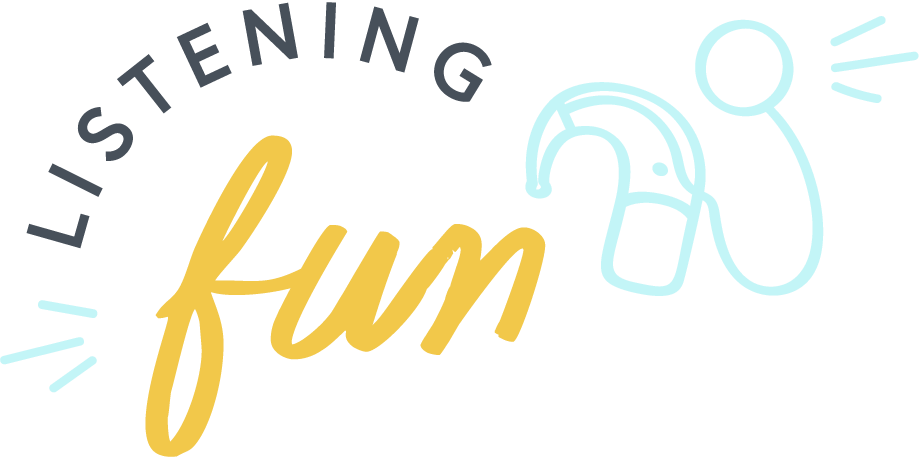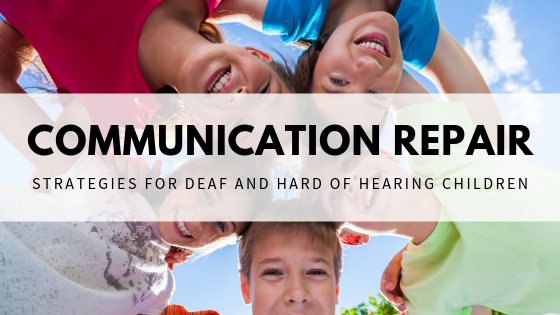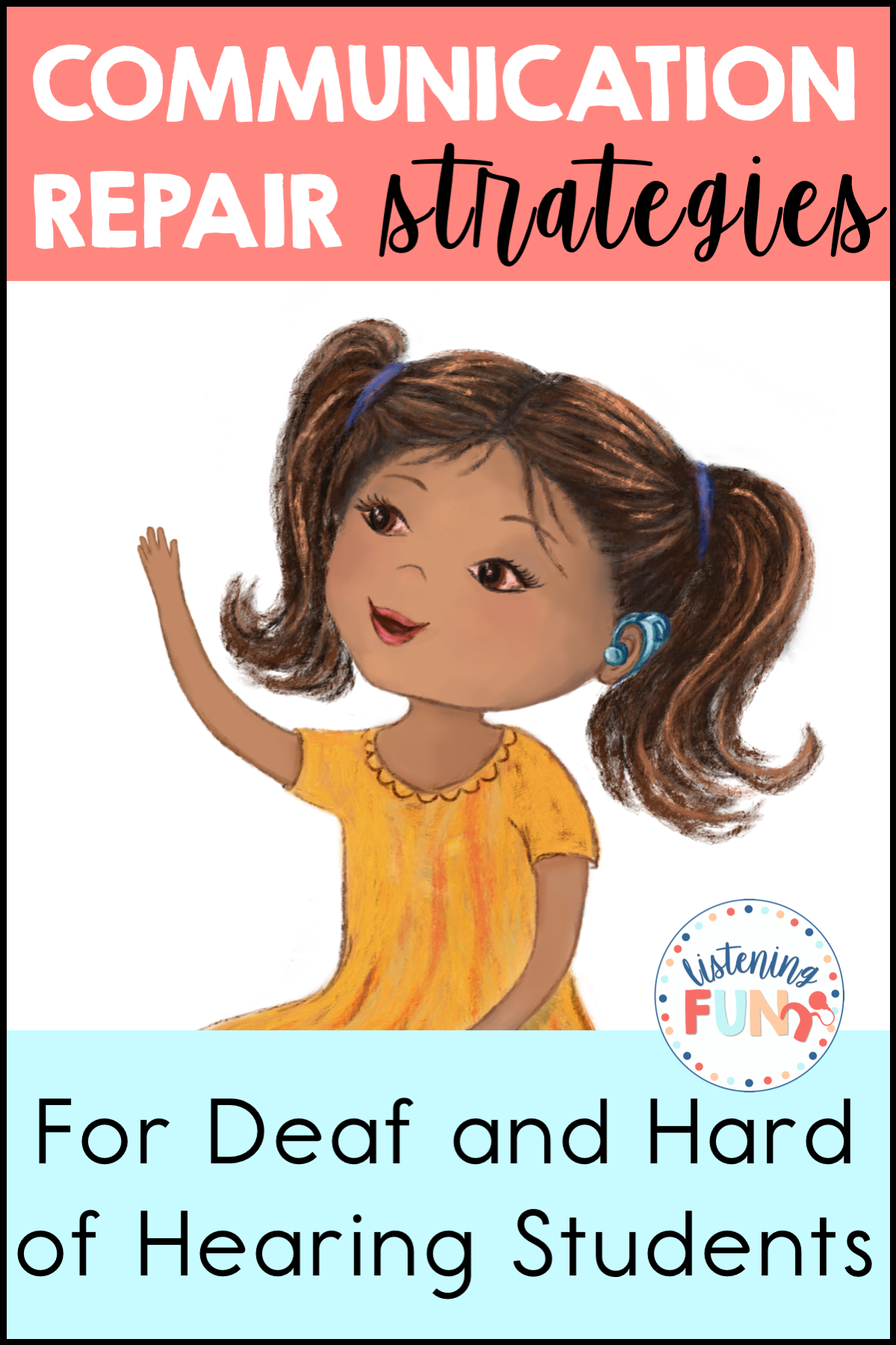Communication Repair Strategies for Children With Hearing Loss
“What??” How often do you hear this from your students with hearing loss? While it is good to ask for repetition, just saying “what” is not a complete communication repair strategy. Students with hearing loss can benefit from practicing communication repair strategies that they can apply to everyday situations.
Communication breakdowns happen when the listener does not understand the speaker. Both listeners and speakers can use communication repair strategies to persist in a conversation until comprehension is achieved. This post will focus on strategies for the listeners: specifically, children with hearing loss who may miss parts of spoken language due to a variety of factors.
The main thing that helps my students “get” communication repair is to identify why they didn’t hear something. Was the speaker too quiet? Not looking at you? Speaking too quickly? Telling the speaker exactly what you need in order to understand is key in repairing communication quickly. Here’s some examples:
What Did You Say? booklet in Self-Advocacy Series: Communication Repair Book and Activities
A group of friends is talking about the weekend. The student hears that they’re talking, but the speaker is facing away from them and they don’t hear what was said. The student has a few options. If possible, they can move so they have a better view of everyone in the group. Another option, if the person keeps looking away, is to say: “It’s hard for me to hear when you’re not facing me.” Instead of just saying “What,” the listener has made it clear exactly what they need from the speaker in order to have a smooth conversation.
Another example could be a group project. Everyone is giving ideas and speaking quickly and at the same time. The listener has a few options here as well. What is the real problem? Is it the background noise of all the groups working at the same time? Maybe they can ask to work in the hallway. Is it that people are talking at the same time, and hence too quickly because everyone wants to get their ideas out? The listener can say, “Let’s talk one at a time so we can hear everyone’s ideas.”
Another major strategy for my students is to repeat the part they DID hear and include that in their question. It shows that they were paying attention, and gives the speaker an idea of exactly which part they missed.
Here’s an example: a group of friends are talking at lunch about recess. The listener knows they are talking about recess, but misses what they said exactly. She could ask, “What did you say about recess?” This is much more effective than just saying “What” because the speaker knows exactly where the communication broke down. This is the strategy that makes the biggest difference for my students.
What Did You Say? booklet in Self-Advocacy Series: Communication Repair Book and Activities
As a teacher or SLP, you can develop this strategy by asking your students, “What did you hear?” every time they ask you “What?” This is a good auditory strategy in general, because it gets students in the habit of trusting their own listening skills.
Here’s a real example from last week:
Me: Did you finish reading the social studies assignment?
Student: What?
Me: What do you think I said?
Student: Something about social studies.
You can encourage good listening skills and model a communication repair strategy by modeling a more complete question: What did you say about social studies?
Some students may have truly not heard anything you said. For those students, it might be a good opportunity to discuss: what prevented you from hearing me? Did I speak too quickly? Is it loud in here? Getting students used to thinking about listening conditions and what works for them is an important self-advocacy skill.
On the flip side, sometimes I am the one who didn’t hear or understand a student. I often use these opportunities to model good communication repair, whether or not it is a goal for that child.
I hope these ideas are helpful when working with your students on communication repair! If you are looking for more practice, you can check out my Self-Advocacy Series: Communication Repair Book and Activities. This resource includes a lesson plan, booklet, worksheets, and a game to walk through teaching communication repair strategies to your students with hearing loss.
Thank you for reading my post and have a wonderful day!
Deanna





